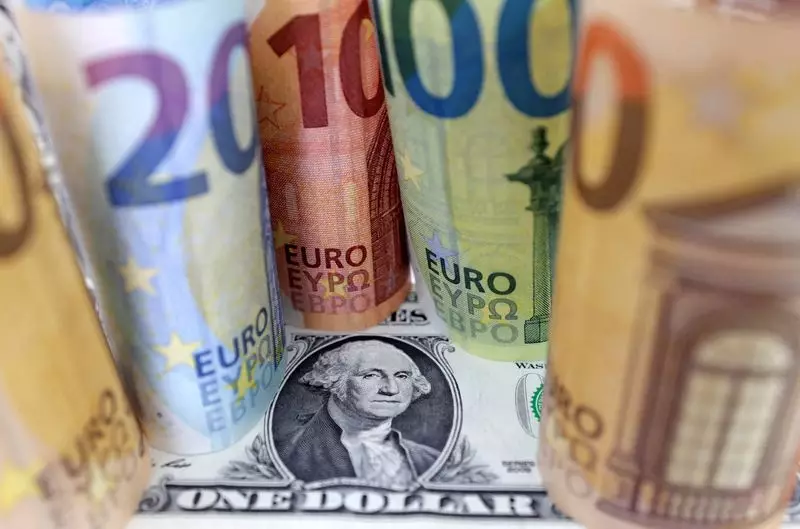The currency market kicked off the week on a cautious note, with the dollar showing a slight decline on Monday. This came after data from the previous week indicated that U.S. inflation had stabilized in April. The market sentiment revolves around the possibility of the Federal Reserve cutting interest rates later in the year, as highlighted by the first monthly decline of the dollar in May. This decline can be attributed to the shifting expectations on the timing and extent of rate cuts by the U.S. central bank.
Following the release of data showing a 0.3% increase in the personal consumption expenditures (PCE) price index in April, traders are now pricing in about 37 basis points of rate cuts by the Fed this year. The uncertainty surrounding the number of rate cuts persists, given that the PCE index rose by 2.7% year-over-year, exceeding the Fed’s 2% target. This uncertainty is reflected in the market’s cautious approach and the likelihood of a rate cut in September increasing to 53%.
The market reaction to the inflation data has been somewhat mixed, with the dollar index slightly lower and the euro and sterling showing minor gains. The European Central Bank (ECB) policy meeting on Thursday is expected to provide further insight into rate cuts, with markets anticipating a relatively hawkish stance. ECB officials’ comments and economic projections will be closely monitored to gauge the extent of rate cuts expected from the central bank.
In a separate development, data released by Japan’s Ministry of Finance revealed significant intervention in the foreign exchange market to support the yen. The authorities spent 9.79 trillion yen over the past month to stabilize the yen after it hit a 34-year low against the dollar. Despite intervention efforts, the yen continued to weaken, prompting concerns among officials about finding effective solutions to address the currency’s fluctuations.
The impact of U.S. inflation data on currency markets has led to a cautious outlook among traders, with expectations of rate cuts by the Federal Reserve and the European Central Bank shaping market sentiment. The fluctuations in the dollar and other major currencies reflect the uncertainty surrounding future policy decisions. As central banks assess the economic landscape, market participants will closely monitor their actions and statements for clues on the direction of currency movements in the coming months.

